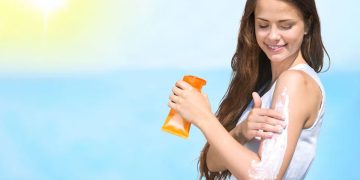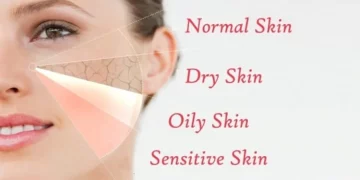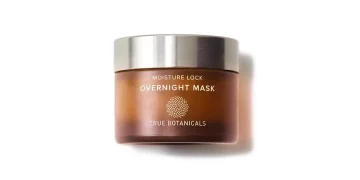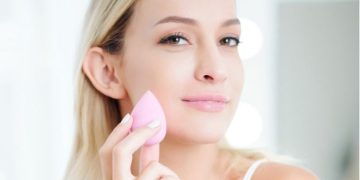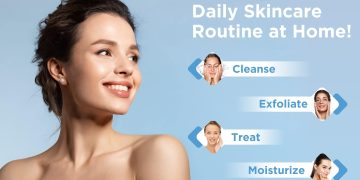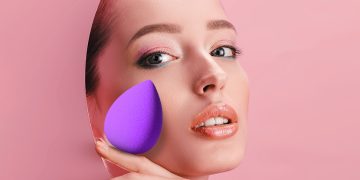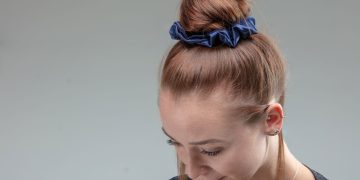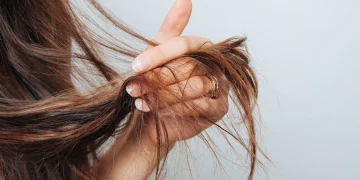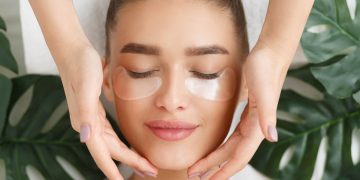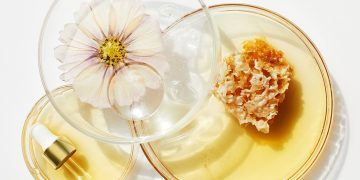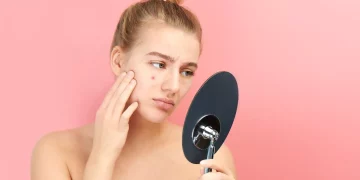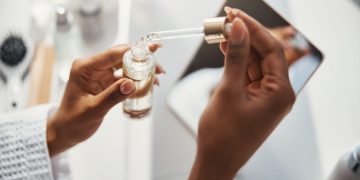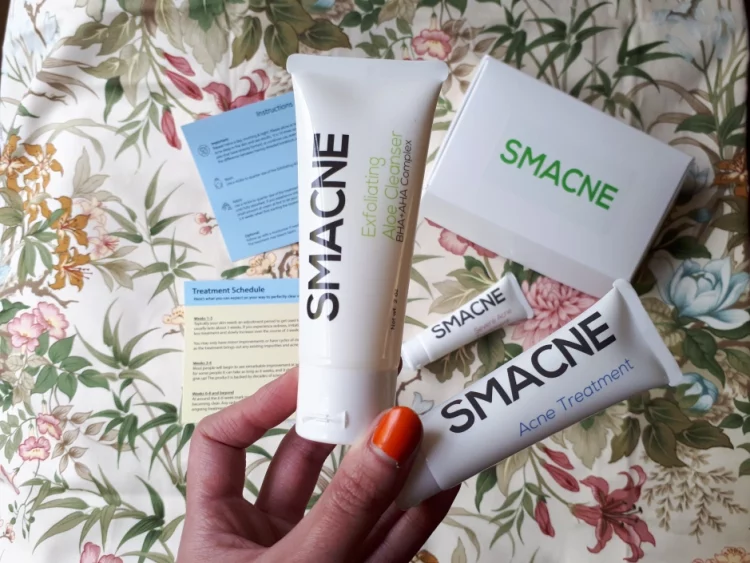Acne-prone skin requires a careful approach to skincare to avoid breakouts while maintaining a healthy complexion. Choosing the right products can make a huge difference in preventing and treating acne. However, it’s essential to avoid using harsh ingredients that could lead to irritation or over-drying, as these can worsen acne. In this article, we’ll discuss the best products for acne-prone skin, how to target acne without drying out your skin, the role of key acne-fighting ingredients like salicylic acid and benzoyl peroxide, and tips for maintaining clear skin.
1. Recommended Products for Preventing and Treating Acne
When choosing skincare products for acne-prone skin, it’s important to use products that target the root causes of acne, such as excess oil, clogged pores, and bacteria, while maintaining your skin’s balance. Here’s a list of effective products for acne prevention and treatment:
Cleansers for Acne-Prone Skin
- Gel-Based Cleanser: A gel-based, foaming cleanser works well for acne-prone skin as it helps to remove excess oil without stripping the skin. Look for a gentle, sulfate-free formula with ingredients like tea tree oil or salicylic acid.
- Product Suggestion: CeraVe Foaming Cleanser or La Roche-Posay Effaclar Purifying Foaming Gel
- Salicylic Acid Cleanser: Salicylic acid helps to unclog pores and prevent future breakouts. It penetrates deep into the skin and exfoliates the inside of the pores.
- Product Suggestion: Neutrogena Oil-Free Acne Wash or Paula’s Choice Clear Pore Normalizing Cleanser
Toners for Acne-Prone Skin
- Exfoliating Toner: Toners containing mild exfoliants like salicylic acid or witch hazel can help balance oil production and remove dead skin cells.
- Product Suggestion: The Ordinary Glycolic Acid 7% Toning Solution or Thayers Witch Hazel Toner
- Hydrating Toner: If your skin is on the drier side, opt for a hydrating toner that balances moisture and prevents irritation while still targeting acne.
- Product Suggestion: Klairs Supple Preparation Unscented Toner
Moisturizers for Acne-Prone Skin
- Oil-Free Moisturizer: For acne-prone skin, using an oil-free, non-comedogenic moisturizer is crucial to maintain hydration without clogging pores.
- Product Suggestion: Neutrogena Hydro Boost Water Gel or La Roche-Posay Effaclar Mat Oil-Free Mattifying Moisturizer
- Gel Moisturizer: A lightweight gel moisturizer with hydrating ingredients like hyaluronic acid or glycerin can help maintain moisture levels without adding oil.
- Product Suggestion: EltaMD AM Therapy Moisturizer or Clinique Dramatically Different Hydrating Jelly
Spot Treatments for Acne
- Benzoyl Peroxide Gel: Benzoyl peroxide is an excellent spot treatment for acne as it helps to kill acne-causing bacteria and reduce inflammation. It is available in varying concentrations (2.5%, 5%, or 10%).
- Product Suggestion: Clean & Clear Persa-Gel 10 or Paula’s Choice Clear Acne Spot Treatment
- Salicylic Acid Spot Treatment: For smaller breakouts, salicylic acid spot treatments are effective at reducing the size and appearance of pimples without causing irritation.
- Product Suggestion: Mario Badescu Drying Lotion or Murad Acne Control Rapid Relief Acne Spot Treatment
Masks for Acne
- Clay Masks: Clay masks help absorb excess oil and reduce the appearance of pores. Look for masks containing kaolin or bentonite clay.
- Product Suggestion: Aztec Secret Indian Healing Clay or Origins Clear Improvement Active Charcoal Mask
- Salicylic Acid Mask: A mask with salicylic acid can help target acne deep within the pores and provide gentle exfoliation.
- Product Suggestion: Neutrogena Clear Pore Cleanser/Mask
2. How to Target Acne Without Over-Drying the Skin
While it’s important to treat acne, it’s equally essential to prevent over-drying your skin. Over-drying can lead to an imbalance in your skin’s natural oils, which may cause more acne and irritation. Here are some tips for treating acne without making your skin too dry:
- Use Gentle Cleansers: Avoid harsh cleansers with high levels of sulfates or alcohol, as these can strip your skin of its natural moisture. Opt for gentle, non-stripping cleansers that still contain acne-fighting ingredients.
- Moisturize Consistently: Even acne-prone skin needs moisture. Skip the heavy, pore-clogging creams, but choose lightweight, oil-free moisturizers that hydrate the skin without contributing to breakouts.
- Avoid Over-Exfoliating: Exfoliating helps to remove dead skin cells and prevent clogged pores, but over-exfoliating can lead to irritation and dry patches. Stick to exfoliating 1-2 times a week and use products that provide gentle exfoliation.
- Incorporate Hydrating Ingredients: Look for ingredients like glycerin, hyaluronic acid, and ceramides in your skincare products. These ingredients help maintain hydration levels and repair the skin barrier.
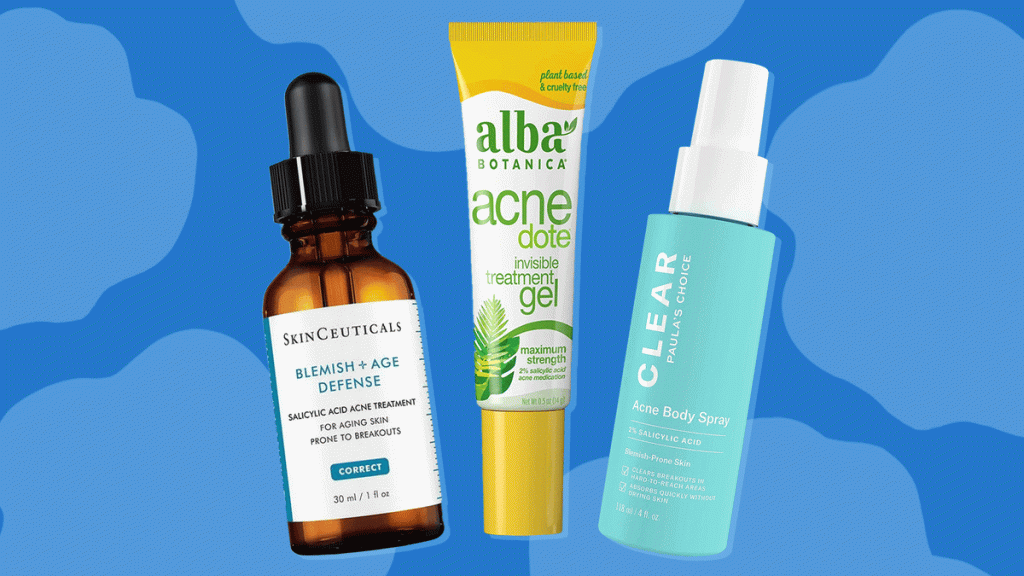
3. The Role of Salicylic Acid and Benzoyl Peroxide
Salicylic acid and benzoyl peroxide are two of the most popular and effective ingredients in acne treatment. Both have different properties, and each one works in unique ways to target acne. Let’s break down how these ingredients work:
Salicylic Acid
Salicylic acid is a beta-hydroxy acid (BHA) that works by exfoliating the skin and penetrating deep into the pores. It helps to unclog pores by breaking down the sticky bonds between skin cells that can trap dirt, oil, and dead skin. By keeping the pores clear, salicylic acid reduces the likelihood of acne development. It’s ideal for those with blackheads, whiteheads, and mild to moderate acne.
- Benefits of Salicylic Acid:
- Unclogs pores and prevents new breakouts
- Reduces inflammation and redness
- Exfoliates the skin without harsh abrasion
Benzoyl Peroxide
Benzoyl peroxide is an antimicrobial agent that works by killing the acne-causing bacteria (Propionibacterium acnes) that live in the pores. It also helps to reduce the excess oil produced by the skin, making it an effective treatment for cystic and inflammatory acne. Benzoyl peroxide can be found in various concentrations, and it can be drying, so it’s best to use it in moderation.
- Benefits of Benzoyl Peroxide:
- Kills acne-causing bacteria
- Reduces excess oil production
- Provides fast results for inflammatory acne and cystic breakouts
4. Tips for Maintaining Clear Skin
Once you’ve found the right products for acne treatment, maintaining clear skin becomes a matter of consistency and care. Here are a few tips to keep your skin clear and prevent future breakouts:
- Stick to a Consistent Routine: Consistency is key in acne treatment. Stick to your daily skincare routine and avoid switching products too frequently, as this can disrupt the balance of your skin.
- Avoid Touching Your Face: Your hands carry bacteria and oils that can clog pores and trigger breakouts. Avoid touching your face throughout the day, especially if you haven’t washed your hands.
- Remove Makeup Before Bed: Always remove makeup before going to sleep to prevent clogged pores. Use a gentle makeup remover or cleansing oil, followed by your regular cleanser.
- Avoid Picking at Pimples: Picking at acne can lead to scarring and worsen inflammation. Let your acne treatments do the work instead of attempting to pop pimples.
- Maintain a Healthy Diet: A balanced diet rich in antioxidants, vitamins, and minerals can help promote clear skin. Avoid foods that may trigger acne, such as those high in refined sugars or dairy.
- Stay Hydrated: Drinking plenty of water helps to flush out toxins and maintain healthy skin. Hydrated skin is better equipped to heal and resist acne.
Conclusion
Treating acne-prone skin requires a delicate balance of effective products and consistent skincare habits. By choosing the right cleansers, moisturizers, spot treatments, and masks, and incorporating key ingredients like salicylic acid and benzoyl peroxide, you can target acne while avoiding skin irritation. Remember, acne treatment is a marathon, not a sprint. With patience, the right products, and care, you can enjoy clearer, healthier skin.


